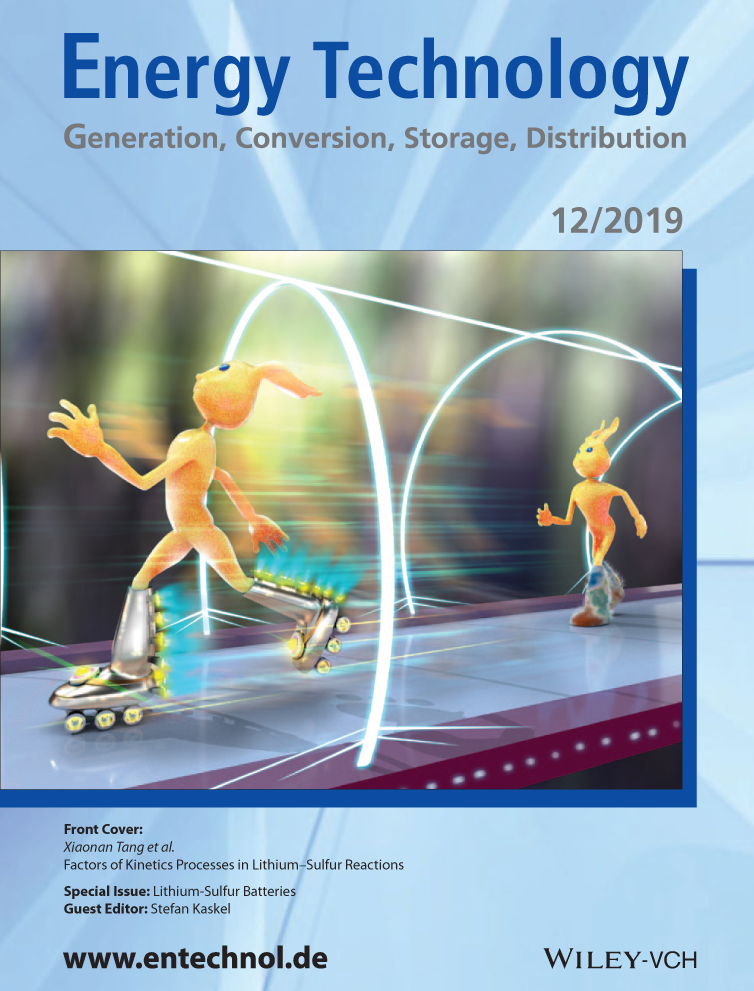Effect of Synthesis Method Using Varying Types of Micropore Level Sulfur Infiltration on Electrochemical Performance in Lithium–Sulfur Batteries
Abstract
The role of physically restrained, noncrystalline sulfur species in rechargeable lithium–sulfur batteries is examined by electrochemical and high-resolution material characterizations. Carbon–sulfur composites are created by melting and sublimation of sulfur in an isochoric reactor via the autogenic process. These noncrystalline sulfur cathodes demonstrate a high specific capacity of ≈1000 Ah kg−1 after 100 cycles with a gravimetric current of 557 A kg−1. Interestingly, this high-performance sulfur allotrope lacks a long-range structural order: high-resolution X-ray diffraction, performed at the Advanced Photon Source, indicates the lack of crystalline (i.e., orthorhombic or monoclinic) sulfur in the nanoscale domain. Electrochemical and material characterizations suggest that noncrystalline sulfur is a consequence of synthesis and not necessarily evidence of electrochemical efficacy. Rather, a high rate capacity depends on sulfur distribution, in turn, controlled by synthesis pathway. At higher sulfur content, the performance of carbon–sulfur composites is limited by the available surface area in which crystalline sulfur coincides with reduced gravimetric capacity and greater charge transport impedance, suggesting suboptimal sulfur containment.
Conflict of Interest
The authors declare no conflict of interest.




